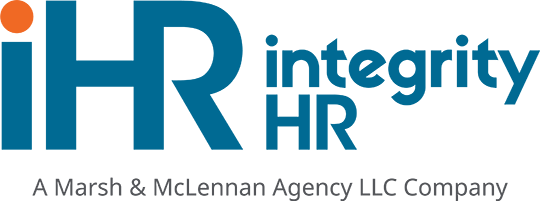Base-pay, performance bonuses, budgets…oh my! There’s nothing quite as stressful or complicated as establishing a competitive, effective compensation plan for your organization.
You know that you have to stick to a budget, but you also want to compensate your employees fairly for the work they perform. So, what do you do?
Consult the experts of course! (Learn more about our compensation services here.)
We’ve created a quick, five-step overview of how you can create pay-for-performance alignment in your business.
These action steps below will help you take the guesswork out of setting a performance and rewards plan, and meet the demand for pay-for-performance alignment.
Do you want to learn more about calculating employee wages, especially for unique pay situations? Join us for our free webinar, “Complex Wage and Hour Calculations & Competitive Compensation Plans,” on Thursday, September 28 at 2:00 p.m. EST.
Click here to register for the webinar.
5 Steps For Pay-For-Performance Alignment In Your Business
1. Select Business Performance Metrics That Matter Most
What Business Performance Metrics align with your business strategy? Top-line, bottom-line or specific margins?
Decide what is important to measure within your business and set strategic short and long-term goals/targets to support those metrics for growth.
2. Align Individual Performance Expectations to Business Metrics
Employee performance expectations and targets should be reasonable, achievable and allow for “above and beyond” recognition.
Look at your historical performance data to set your baseline for meeting and exceeding expectations, then financially reward based on those specific levels.
Make sure employee expectations align with Business Performance Metrics.
3. Set Realistic Team Incentive Targets
Once individual performance expectations are set, consider targets and incentives for groups.
When considering team incentives, target goals should be realistic, challenging, and align with Business Performance Metrics.
Make sure that goals are engaging and easy for employees to understand. Communicate progress frequently!
4. Measure, Measure, Measure!
Once the organization, individual and team goals are established, it’s time to monitor and measure progress.
Measure individual performance and communicate – monthly, quarterly or at pre-determined intervals.
Report group goals according to an established timeline – both visually and publicly, while monitoring individual goals privately.
5. Review Progress and Recalibrate
Managing performance-based incentives is an ongoing process. Whether it’s annual merit increases or managing team incentives or bonuses, it’s important to measure and communicate results.
At the end of the performance period, gather insights from participants and leaders to ensure the goals and results align.
Make sure the original goals achieved the expected results – if so…great! If not…more accurately define the goal and behavior. Then recalibrate your performance plans/incentives, update goals and repeat for the next performance period!
Establishing a Competitive Compensation Plan
Performing proper research, benchmarking positions against industry standards, as well as preparing accurate job descriptions from the start can ensure a competitive and fair wage to your employees, which can have a dramatic increase on performance levels.
A properly designed compensation structure based around solid industry research is a vital step to attract, retain and motivate employees. If you have noticed that your employees are not living up to their potential, there is almost always something you can do to improve their motivation.
Implement these five steps for pay-for-performance alignment in your business to motivate and reward your employees all while accomplishing your short and long-term strategic goals.
Your business is built around your expertise. It’s okay if that expertise isn’t HR. That’s where we come in. Learn more about our compensation consulting services here.
Join us for our free webinar, “Complex Wage and Hour Calculations & Competitive Compensation Plans,” on Thursday, September 28 at 2:00 p.m. EST to learn more about calculating employee wages, especially for unique pay situations.











